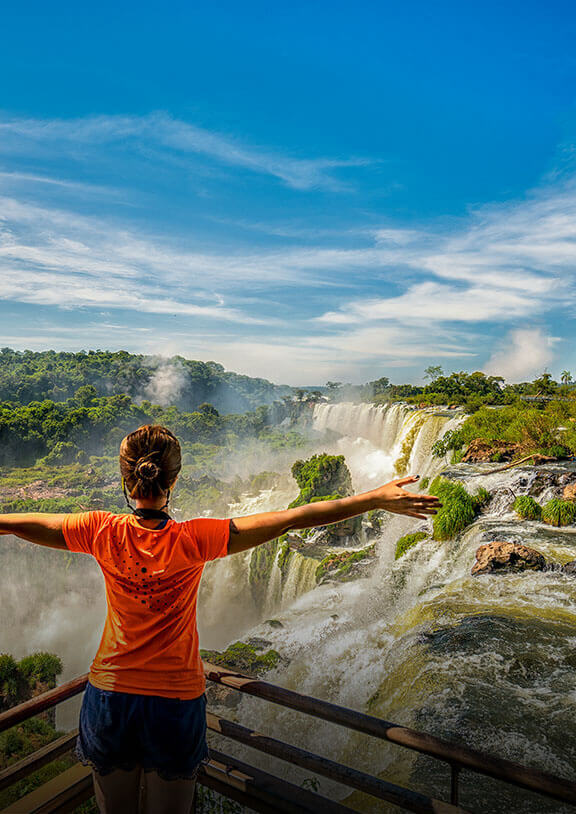
9 Days / from
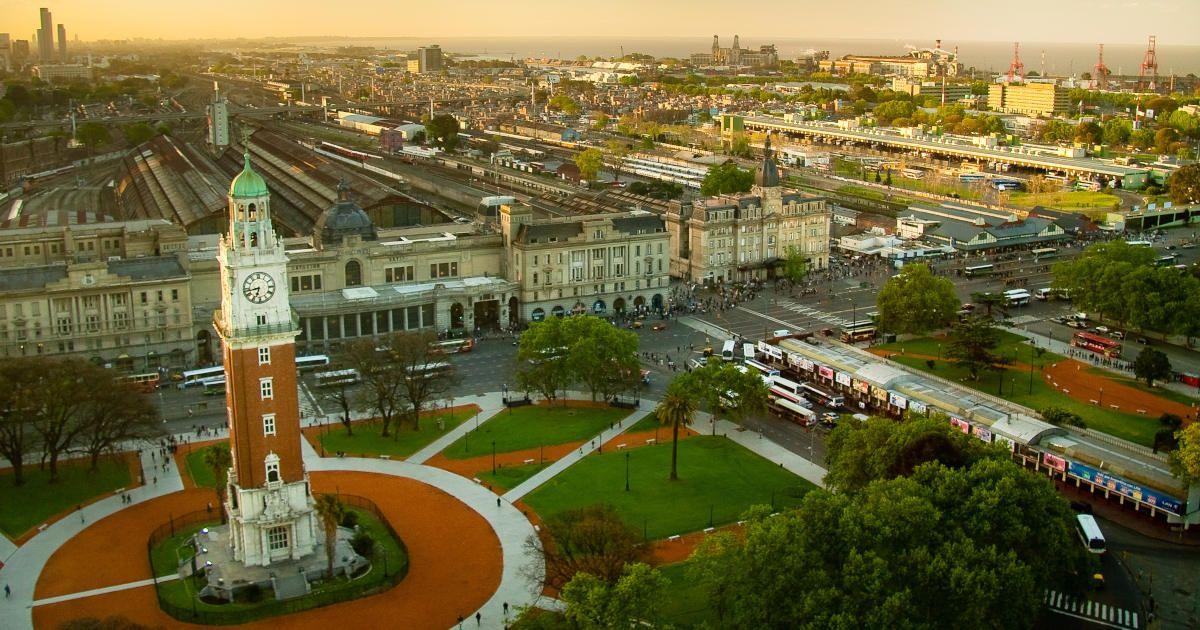
You’ll be impressed by your options for things to do in Buenos Aires. This city offers possibilities for any kind of traveler. Whether you’re looking to shop, taste wine, explore history and architecture, or immerse yourself in art and culture there are Buenos Aires attractions for everyone. Check out our top things to do in Buenos Aires to pack your Argentina itinerary as full as a delicious empanada!
Buenos Aires is the birthplace of tango and the artful performances will have you clapping at the edge of your seat. More than just an intricate dance, tango is a combination of musical skill, culture and sophisticated costumes. La Ventana is a popular house of tango where you can have wine tastings or tango lessons before the main performance, a full-course dinner and a delightful show.
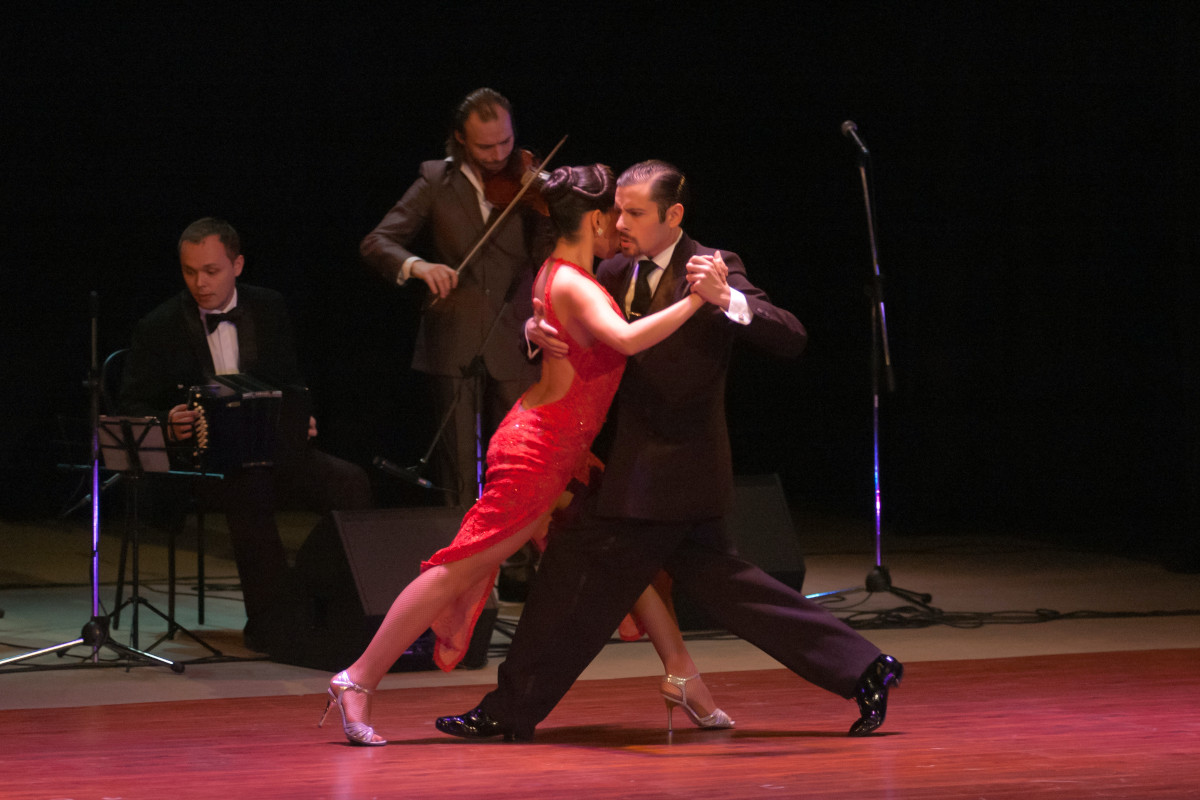
Tango is the national dance of Argentina since the 1880s.
Argentina is most known for its Malbec but the rich geographical diversity of the country also produces a rich variety of grapes. Buenos Aires is lucky in that all regions of the country can be tasted in this metropolitan area. You can opt to pair a glass or two with dinner throughout your trip or have a full cava experience.
Argentinians love their parrillas or BBQs. Fogon Experience combines the many different ways to artfully cook meat, pairing it with delicious Argentinian wines, and putting on a teppanyaki-esque grilling show the whole time! It’s a delightful way to taste gourmet food and beverages and be entertained.
Within walking distance of many other things to do in Buenos Aires, the Bellas Artes museum hosts works by well-known names like Van Gogh, Rembrandt, Goya, Manet and more. With a combination of permanent and temporary exhibitions, this museum showcases Argentinian and international painters from the Middle Ages to the 20th Century.
Like most buildings in Buenos Aires, the Colon Theater comes with interesting stories. Grandeur, renovation, delays due to a murder — this building has had thousands of hands involved in its construction and subsequent renovations. World renowned artists performed on its stages and the world’s elite has sat in its seats. It’s considered by National Geographic to be one of the best opera houses in the world with acoustics ranking in the top 5 in the world. Shows are still put on so, if you’d like to see one, talk with one of our travel agents today to add it to your Argentina itinerary.
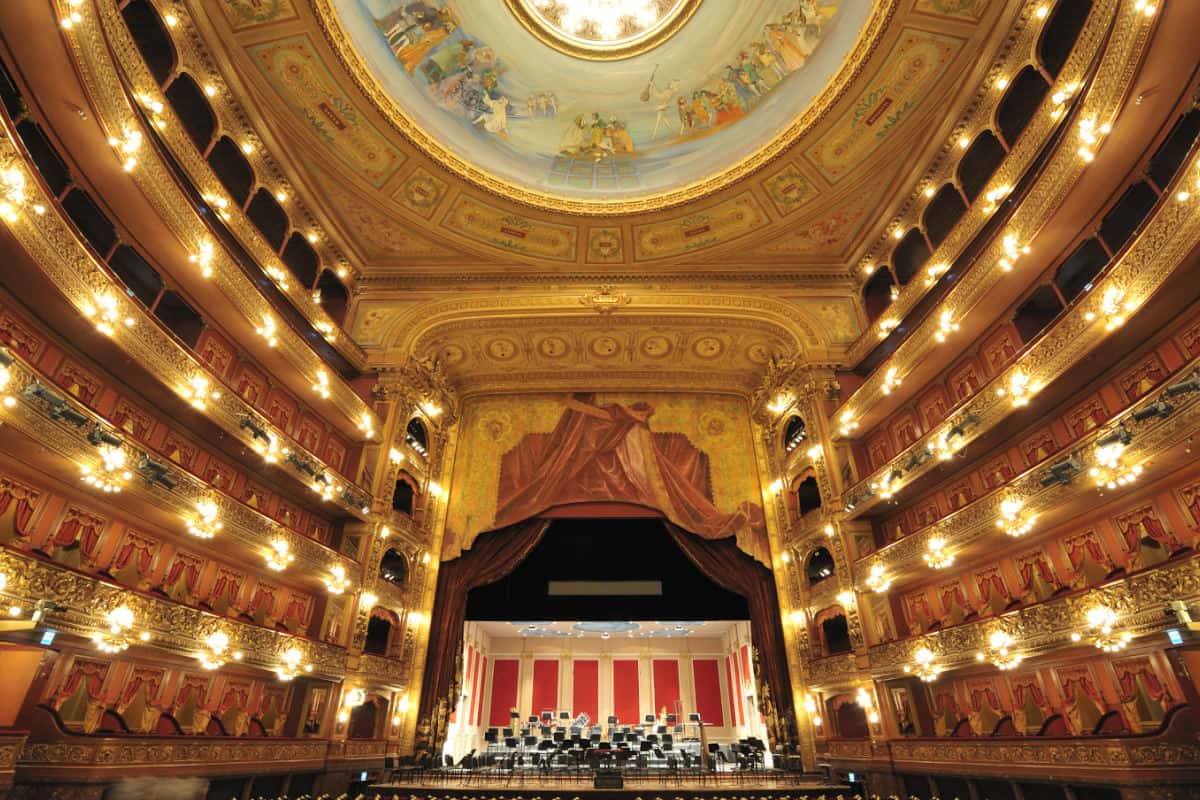
Teatro Colon is the main opera house in Buenos Aires.
Plaza de Mayo is one of Buenos Aires’ main city squares where you can find many national monuments and historical buildings. The Pink Palace, Cabilido, City Hall and more are all within walking distance. For more history, stop by Cafe Tortoni for a medialuna or alfajor and cafe con leche. Cafe Tortoni was founded in 1858 and is said to be the oldest coffee shop in the country.
Overlooking the Plaza de Mayo, the Metropolitan Cathedral in Buenos Aires is the main Catholic church in Argentina. It was here that Pope Francis gave mass while being the archbishop of Buenos Aires. Here, the remains of General José de San Martín are buried. He was a prominent historical figure who freed Argentina, Chile and Peru from Spain.
A visit to Recoleta Cemetery will stick out in your mind for years. A bit on the macabre side, it’s a place for story lovers! Interesting tales can be told of almost every grave and mausoleum, we recommend doing this one with a guide so they can share them with you.
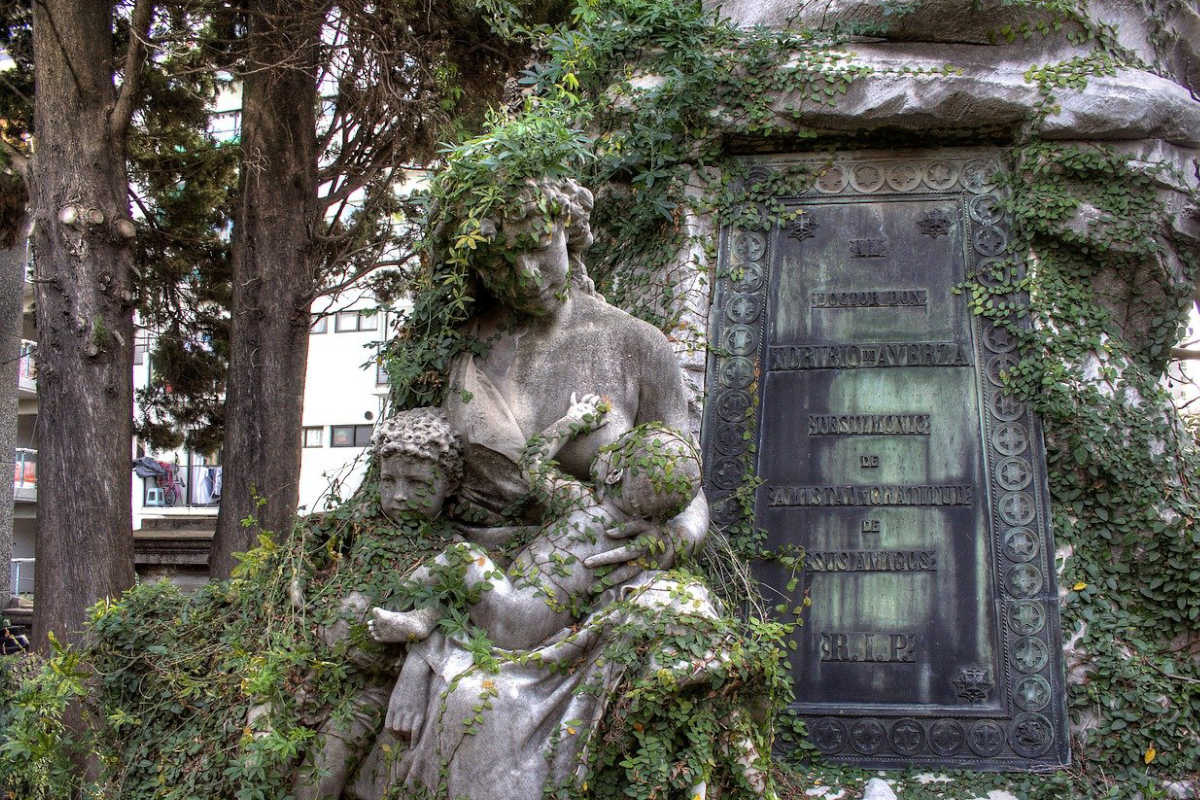
One of the many unique stone sculptures at Recoleta Cemetery. Photo by HalloweenHJB on Pixabay.
San Telmo becomes a sprawling market that spans more avenues than you can even walk in an afternoon. You’ll be wide-eyed the whole time looking at the different artisan products for sale, antiques and oddities. Bring cash with you for this one but make sure to keep it safely tucked away in the busy market streets.
Palermo boomed into a bohemian artists paradise after the financial crisis of 2001 in Argentina. Independent artists banded together in Palermo’s old industrial area and an artistic revolution bloomed. Now it’s fashion, art and innovative gastronomy everywhere you look! Argentina has many independent designers so shopping in Buenos Aires comes hand-in-hand with unique brands you can’t get anywhere else in the world. Palermo Soho has unending options.
Empanada’s are a savory pastry filled with meat, cheese or veggies. The flavor combinations are endless and every empanada place adds its own unique touch to the traditional snack. See how many different types you can try on your trip!
Buenos Aires is a city of palaces and skyscrapers filled with the hustle-and-bustle of any major city. But just up the Rio de Plata is El Tigre, a natural wonderland. In fact, a large residential area of El Tigre is not accessible by road. Boats are the main way of transport here, including a grocery boat that sails groceries up and down the river. Day trips from Buenos Aires are the perfect way to know the surrounding area more in depth.
Puerto de Frutos is a popular market that takes place on weekends but even on a weekday the boat ride up the Rio de Plata will be a highlight of your time in Buenos Aires.
The mission of the MALBA is to make the voice of the modern Latin American art louder.
Housing works from modern artists across Latin America, the MALBA is a great place to explore the Latin American art scene from the 20th century to the present day. A cultural center also showcases art performances and films.
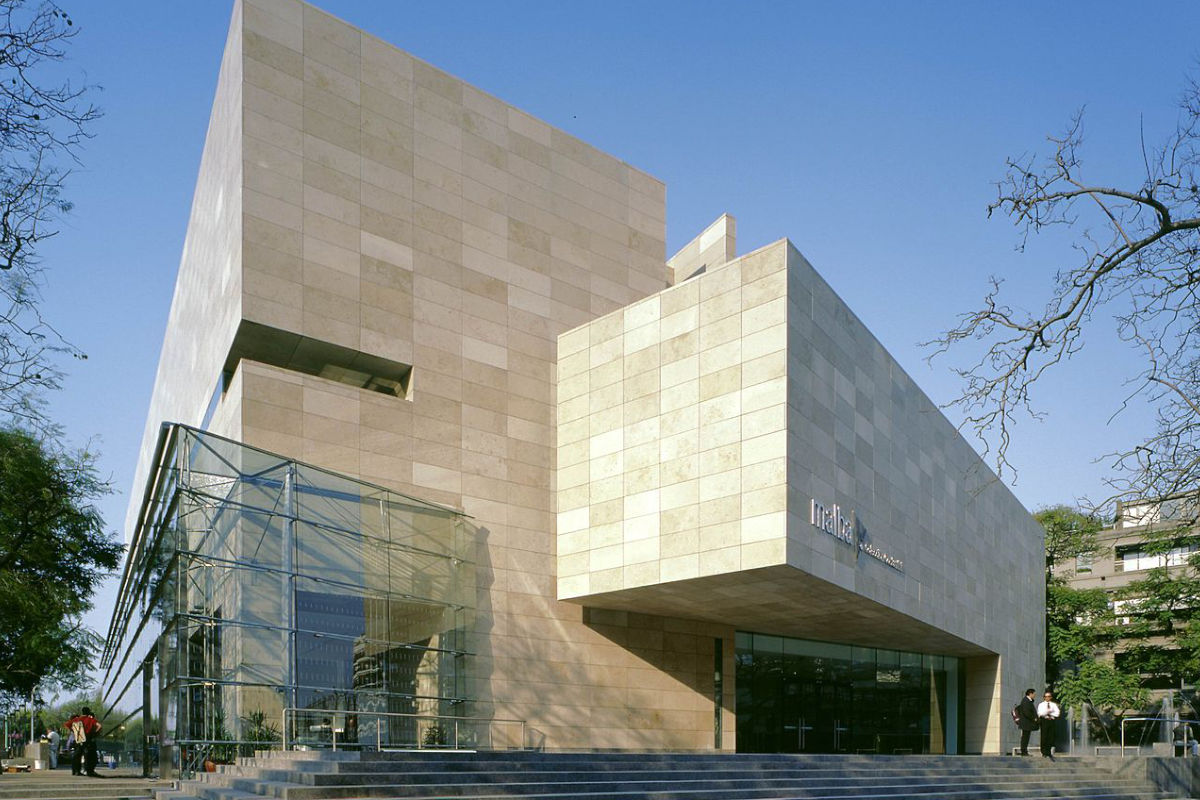
The MALBA Museum is the centerpiece for the modern art scene in Buenos Aires. Image: Museo de Arte Latinoamericano de Buenos Aires by Gobierno de la Ciudad Autónoma de Buenos Aires under the CC BY 2.5 ar License. Cropped, resized and compressed from original.
Jardín Botánico Carlos Thays is a triangular shaped botanical garden with over 5,500 species of plants outdoors and in greenhouses. Carlos Thays was an Argentine-French landscape architect who designed the park in sectioned areas. A Roman garden, a French garden in the symmetrical French style of the 17th and 18th century, an oriental garden and a garden with Argentinian indigenous plants. Statues and monuments share space with the flowers as well.
Parque 3 de Febrero is a huge park in Palermo. Adding a visit here will cross off multiple spots from your list of things to do in Buenos Aires. It spans 988 acres (400 ha) with over 12,000 trees and is the city’s largest green area. It features a rose garden, lakes, a planetarium, an Eco-park, museum and the Japanese Garden (#15 on this things to do in Buenos Aires list). If you like to start your morning with a run or if you like to read in a park, this is definitely a spot you need to see.
Pizza Vegana offers the best option for vegan pizzas. With multiple locations across the city and delivery an easy option it deserves to rank on this list! While Argentina is definitely a destination for meat lovers, you can find something for all in this exceptional city. Great vegetarian and vegan options exist alongside the traditional parrillas.
National Geographic named El Ateneo the “world’s most beautiful bookstore” in 2019. A restored opera house with opulent ceiling frescos, this bookstore will have you craning your neck upwards instead of looking down at the page. Enjoy a coffee at the inside cafe located on the former stage. It’s not a faux pas to take a book off the shelf and buy it, or return it back, after you’ve finished your coffee, so long as you’re respectful with it!
The Floralis Generica statue is a mammoth mechanical flower in Recoleta. This steel statue’s petals open up with the heat of the sun. At night when the petals close the lights in its center illuminate it in red. Intriguing to see at any time of the day, it’s an easy walk from the Bellas Artes museum and other nearby things to do in Buenos Aires.
One of the best things to do in Buenos Aires is experience it like a local. Head to The Patio de los Lecheros to experience an open air food market where locals gather to eat and drink. Remember that Portenos don’t eat dinner before 9pm so be sure to have a late lunch. Food trucks, music, DJs, beer gardens and urban produce can all be enjoyed in this modern space.
One of the unique things to do in Buenos Aires is travel back in time to the prohibition days and head to Frank’s (if you can find it). A secret Buenos Aires speakeasy in Palermo Hollywood, Franks offers vintage decor, iconic drinks and a night on the town you’re sure to enjoy. Check out their social media for the nightly password — you’ll need to enter it correctly into a telephone booth for entry into the bar.
Palermo Chico is the ritziest part of Buenos Aires and is home to most embassy palaces. That’s right, palaces. Check out the embassy of Spain and Italy to see how European architecture deeply inspired Buenos Aires. Or visit the residence of Victoria Ocampo, one of the most prominent women of her time, to learn more about this incredible woman.
The Mariano Moreno National Library is the largest library in Argentina. Located in Palermo Chico, it is one of the things to see in Buenos Aires for multiple reasons. A monument to Eva Paron stands nearby, as well as a sculpture in honor of Pope John Paul II. The building itself is an example of the wide variety of architectural styles you can find in one city. Built in 1992 in the Brutalist style this is a modern building with books inside that can transport you to any era. Sure to delight any book lover, it’s worth a stop to the inside cafe for a coffee while you flip through something new.
The Japanese Garden is located in Parque 3 de Febrero (# 15 on our list of things to do in Buenos Aires). It’s hard to imagine such a serene place located in a megacity with a population of 15 million people, but Buenos Aires is very good at transporting you to places elsewhere while having you remain on its soil. Walk around the oriental gardens, or take a rest in one of the many benches in the park.
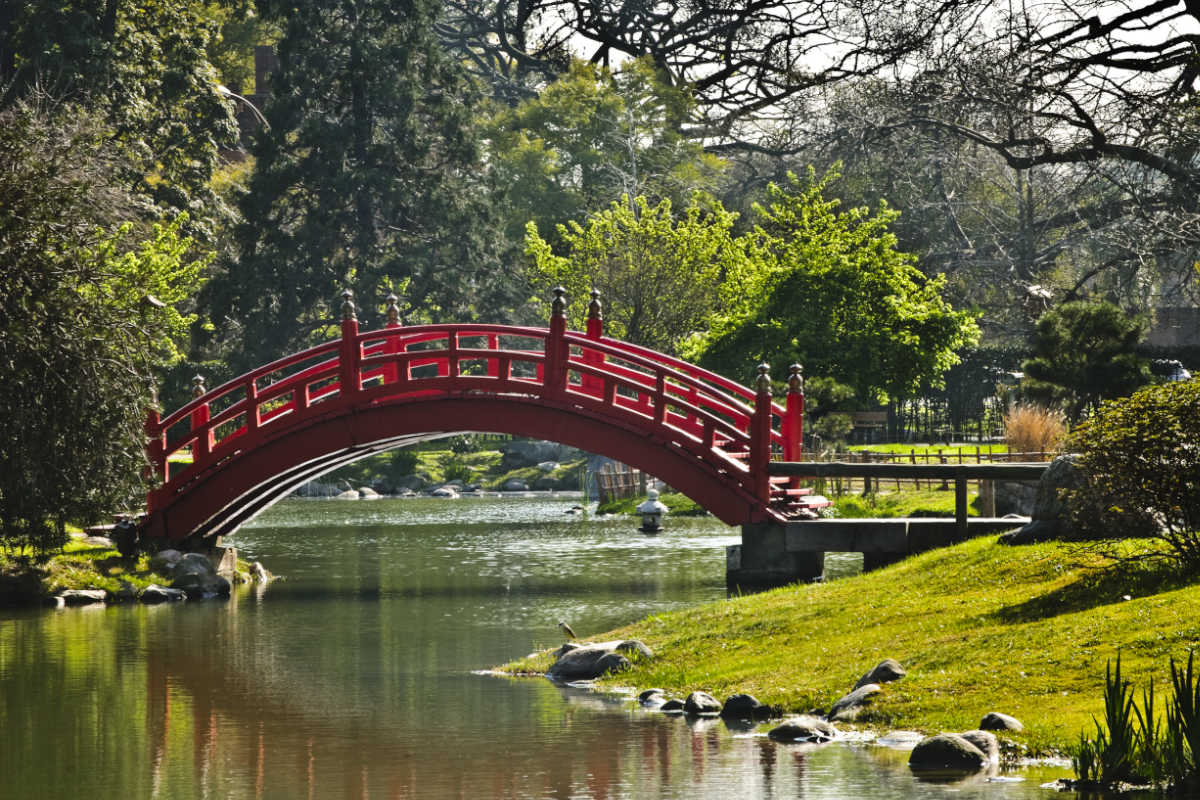
The Japanese Garden is located in Parque 3 de Febrero.
The Museum of Decorative Art was once the home of a prominent couple in Argentinian society. After his wife’s death in 1935, Matías Errazúriz donated this elaborate 19th century palace to the government. In 1937 it became the museum of decorative art. Inside the neoclassical building you can find all the extravagance of high class living. Statues, porcelain, oriental furniture, tapestries, paintings by Manet and more! It’s a great place to enjoy a coffee, or yerba mate, in the palace gardens.
A museum of fine art in Puerto Madero, it’s one of the unique things to see in Buenos Aires for more than the incredible art housed inside. The building has mobile aluminum awnings that move to provide the best light for the paintings. The museum’s benefactor is said to have requested this feature saying “I’ve always wanted to look at pictures and the stars at the same time.”
Benito Quinquela Martín is the artist responsible for La Bocas bright colors. He created the Quinquela Martín Museum of Fine Arts to be used as a center for showcasing art and education. Here art and learning are intertwined with workshops and educational materials aimed to help teachers use the space as a dynamic classroom. The Proa museum is another modern art museum in La Boca worth checking out while checking off other things to do in Buenos Aires like Caminito (#_). The Proa museum houses works by 20th century artists like Ai Weiwei, Malevich and Yves Klein.
The Kavanagh building is a National Historic Monument showcasing the early Modernist architectural style. In 1936, it was the tallest building in South America (surpassing Borolo who previously had the title). It’s owner, Corina Kavanagh was not from an aristocratic family, instead she was from “new money.” She fell in love with a son of the Anchorena family, aristocrats who looked down on the engagement and ended it. Across Plaza San Martin, the Anchorenas had built a family mausoleum and the church Iglesia del Santisimo Sacramento.
Pridefully, the Anchorenas had a direct view to their church from their estate but wanted to build another mansion on a plot of land in front of it. Corina Kavanagh exacted her revenge for the termination of her relationship by doubling the Anchorena’s offer on the land and purchasing it herself. She insisted that the Kavanagh skyscraper be placed in the sightline of the Anchorenas to block their view of their church even until this day. It is a Historic Civil Engineering Landmark that towers 390 feet (120 meters) high and is a must-see while in Buenos Aires.
You can’t visit Buenos Aires without seeing Portenos enjoying yerba mate in the park. And you also can’t visit Buenos Aires without trying at least a sip of the hot beverage! What makes this drink distinct is the combination of caffeine, theobromine, and theophylline or: mateine. Mateine acts differently than caffeine on its own giving this beverage its signature energizing effect without harshly stimulating the nervous system. Start your morning off with a mate and a medialuna (or croissant) one day on your trip to feel fully part of the culture.
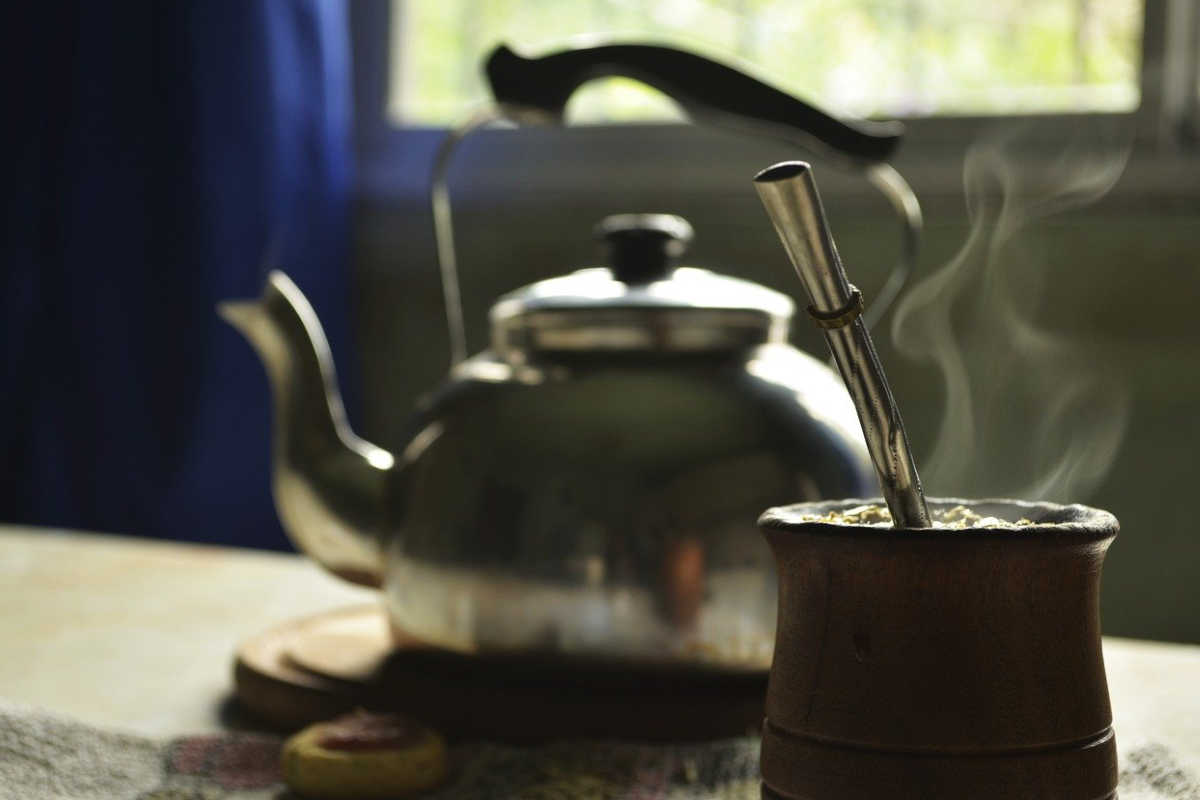
Yerba mate is a popular hot beverage in Argentina, described as a mix between coffee, tea and chocolate. Photo by ramFANTASY on Pixabay.
Designed by the Italian architect Mario Palanti, Palacio Borolo is an architectural recreation of Dante Alighieri’s Divine Comedy. 22 floors are divided into hell (basement and ground floor), purgatory (floors 1-14) and heaven (floors 15-22). The building is 330 feet tall or 100 meters, one for each canto in the Divine Comedy. This was the tallest building in Buenos Aires —and even South America for a time — until the Kavanagh building (#27) went up in 1936.
For family things to do in Buenos Aires, look no further than the C3 Science Center in Palermo Hollywood. This science and technology museum has interactive pieces, dinosaur bones, art exhibitions and more! The Lugar de Dudas, or place of doubts in English, is an interactive exhibition designed to stimulate young minds to think scientifically.
Formerly a town hall built in 1580, Cabildo is now a museum of national history. The museum is built in the refurbished original structure and houses artifacts from early independence and the May Revolution. Paintings, jewelry, clothes of the 18th century, as well as an interactive exhibit can all be enjoyed inside.
One of the interesting things to do in Buenos Aires is delve deep into its history. At the El Zanjón museum, you’ll go underground into the labyrinths of the original foundations of Buenos Aires city constructed in 1536. Fitting that the museum is located in San Telmo,the oldest neighborhood in Buenos Aires, making it rich with history.
Plaza de Mayo is easily identified by the Casa Rosada or Pink Palace on its east end. The presidential palace or house of government in Buenos Aires has a baby pink exterior giving its name. Why pink? It is a symbol of harmony in the nation. Pink is a mix of the two main parties’ representative colors, the red Radicals and the white Liberals. For those interested in learning more, the building houses a museum that walks you through the history of Argentine presidents.
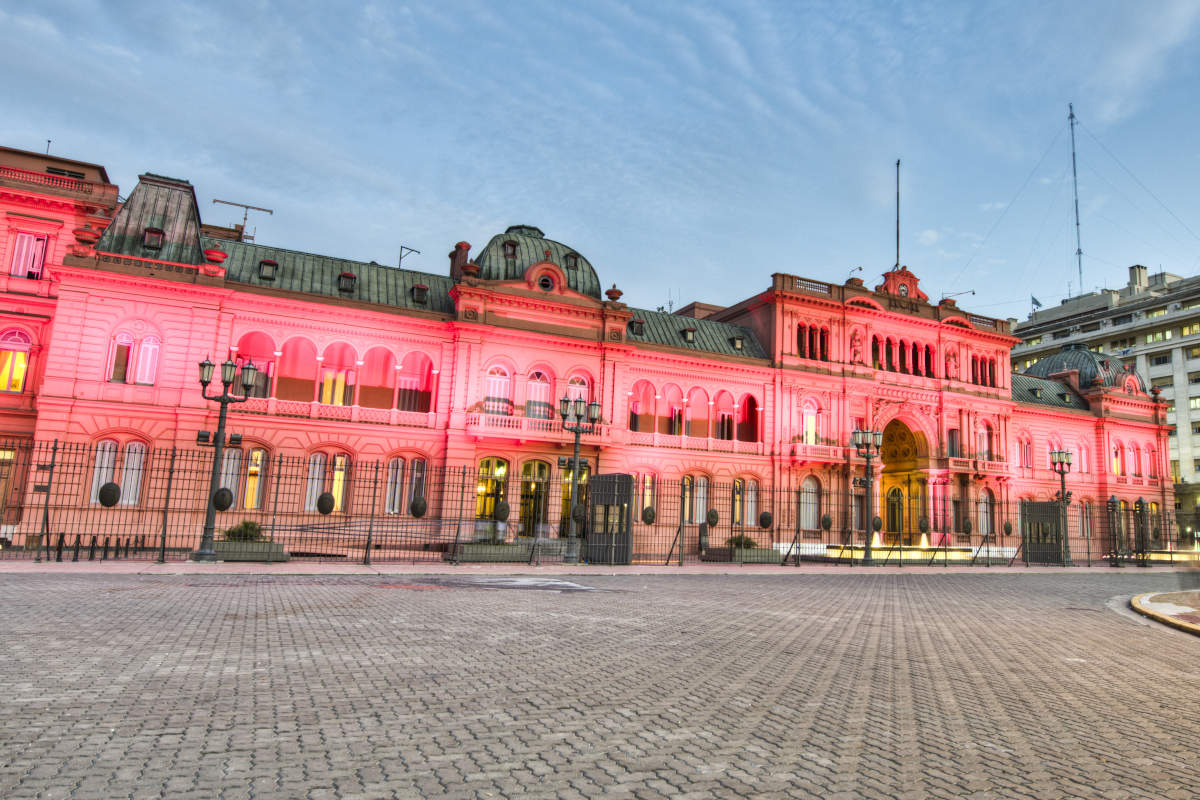
Casa Rosada is pink to symbolize nationwide harmony.
A Submarino is a type of hot chocolate found in Argentina where they melt a bar of dark chocolate with hot milk until it dissolves. El Dorrego Cafe, where you can try this delicious beverage, also offers an incredible view of the Plaza Dorrego.
The Galerias Pacifico is made for shopaholics and architects alike. The building is modeled on Le Bon Marche in Paris and is one of the best spots in the city to take advantage of the exchange rate.
Located in Belgrano, close to the University of Buenos Aires and the Rio de Plata, the Memory Park is a public outdoor space dedicated to victims of the 1976–1983 military regime. Included in this introspective and beautiful place to stroll are statues and art pieces by international and local artists.
On your way to the Colon Theater you’re likely to spot the Obelisco de Buenos Aires in the intersection between avenues Corrientes and 9 de Julio. It is one of the national monuments in Buenos Aires built in 1936. The obelisk in Buenos Aires is made from white stone from the northern city of Cordoba. Built by Alberto Prebisch, it was erected to celebrate the 400th anniversary of the founding of Buenos Aires.
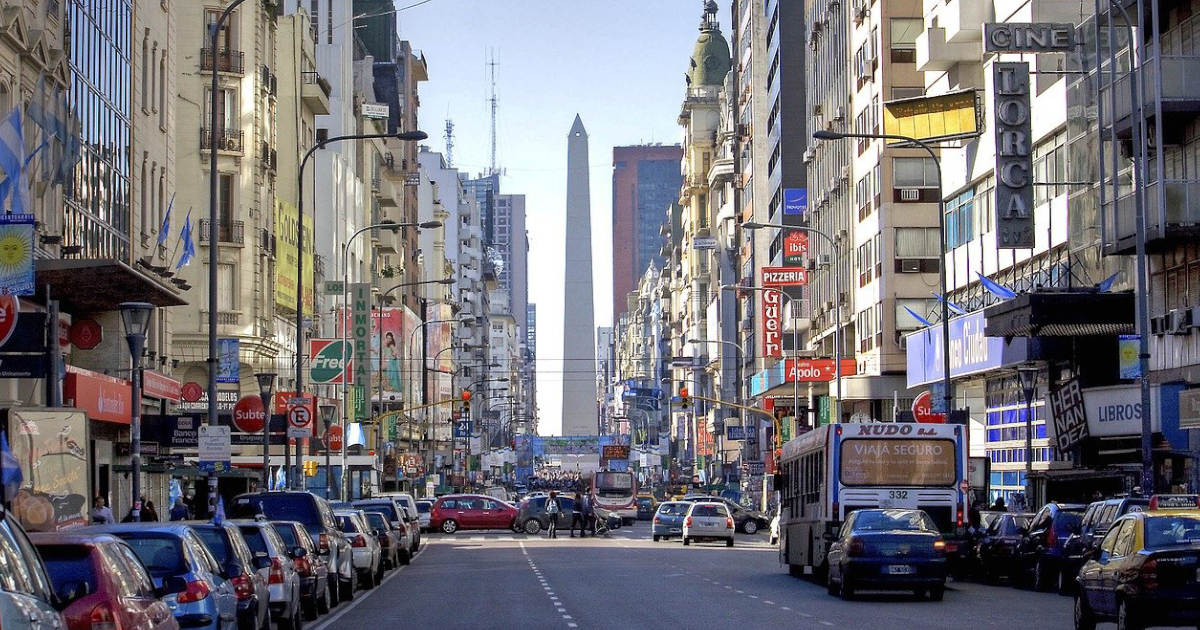
City street leading to the iconic obelisk. Photo by HalloweenHJB on Pixabay.
While Puerto Madero is modern and new, the Ecological Reserve is an unexpected escape from the bustling city. A 865-acre (360-hectare) protected reserve along the Rio de Plata, it is extremely biodiverse despite its closeness to the city. If looking for outdoor things to do in Buenos Aires, this is a must-do! Over 300 bird species and ~2,000 species of flora and fauna live in the reserve. The walk along the promenade will take about two hours. Excellent for nature lovers.
The Museo de la Inmigración is one of the things to do in Buenos Aires to get a real taste of its international heritage. From 1911 to 1953 the Hotel de los Inmigrantes, the building of the present day immigration museum, housed, trained and aided immigrants in Buenos Aires. This museum showcases the immigration journey and legacy left by those who chose to call Argentina home. The museum houses documents, photographs and films from European, Asian and African immigrants, as well as recent immigrants from neighboring countries in South America.
Peru Tours:
You’ll be impressed by all of the free things to do in Buenos Aires and the Cultural Center in Recoleta is one that can’t be passed up! Exhibitions, workshops, art displays and concerts can all be explored here, mostly free of charge. It’s worth making a stop here while visiting the Recoleta Cemetery (#8).
Transport yourself into the cowboy life by taking a gaucho tour in Buenos Aires. Horseback riding, empanadas, wine, Argentinian BBQ, folkloric dances and shows all make this an exciting day for the whole family.
Looking for things to do in Buenos Aires at night? Head to clubs and bars in the Buenos Aires nightlife district: Palermo Hollywood. Visit Niceto Vega St. and Juan B. Justo Ave. for classics like Niceto Club. Next, see the liveliness at Fitz Roy and Honduras streets. Remember that Portenos start late and go later. Plan to eat dinner around 10pm and head to a club closer to 1am to see the bars and clubs at their liveliest.
In a small shop located in the Paul French Gallery, Ines Berton creates unique blends of teas made from all natural ingredients. She has even created a blend for the Dalai Lama and, if she’s in-house while you’re there, she may create one for you!
Located in the Bosques de Palermo, the Sivori Museum is a free museum with a collection of Argentinian art from the first half of the 20th century. Take a peek inside while touring the rest of the park.
The luxury Alvear Palace Hotel offers high tea in this impressive and historical building. Try out pastries, teas and sandwiches in opulence when visiting Buenos Aires. Reservations can be made in advance on their website. High tea is served Monday through Saturday from 4:30 to 7 pm and Sundays from 5 to 7 pm.
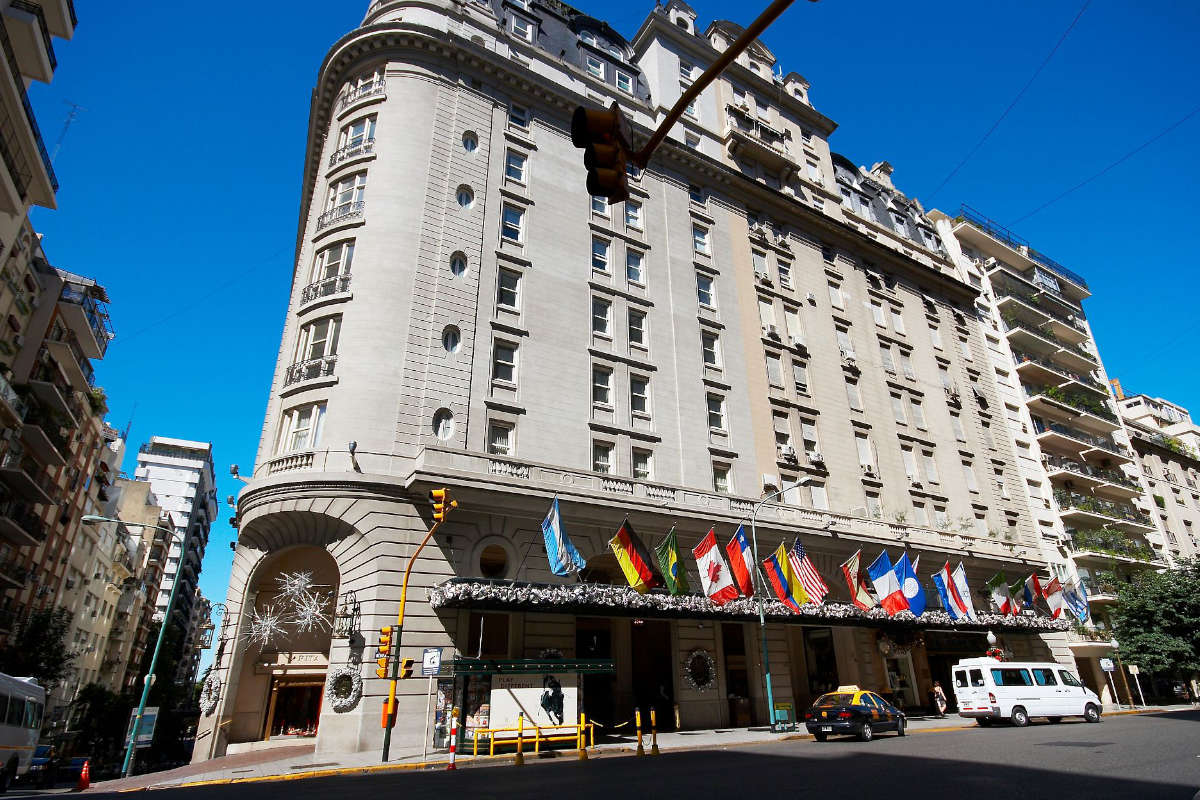
Alvear Palace Hotel is located in the upscale Recoleta neighborhood. Image: The Alvear Palace Hotel by w:es:Usuario:Barcex under the CC BY-SA 3.0 License. Resized, cropped and compressed from original.
Buenos Aires is an essential stop on any trip to Argentina. Visit as many of these Buenos Aires tourist attractions as possible on your trip to this exciting city, known as “Paris of the South.” From botanical gardens to fascinating museums to delicious cuisine and librations, this is the perfect vacation metropolis. You can seamlessly schedule some of the coolest things to do in Buenos Aires into your itinerary by talking with one of our expert Travel Agents today.
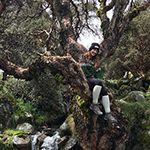
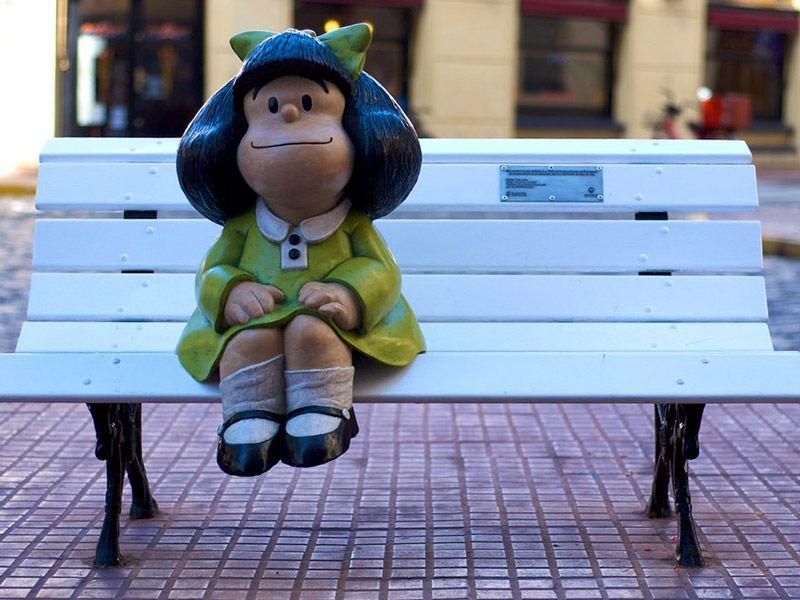
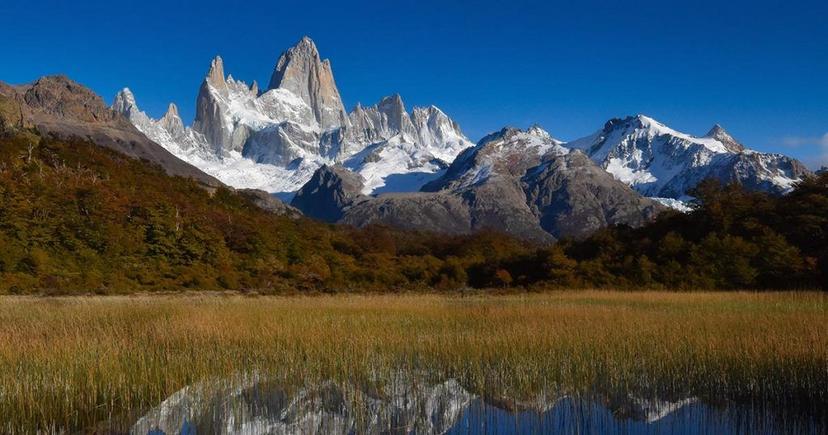
Email: [email protected]
Sign up to receive our newsletter for great articles, stunning photos, and special deals.